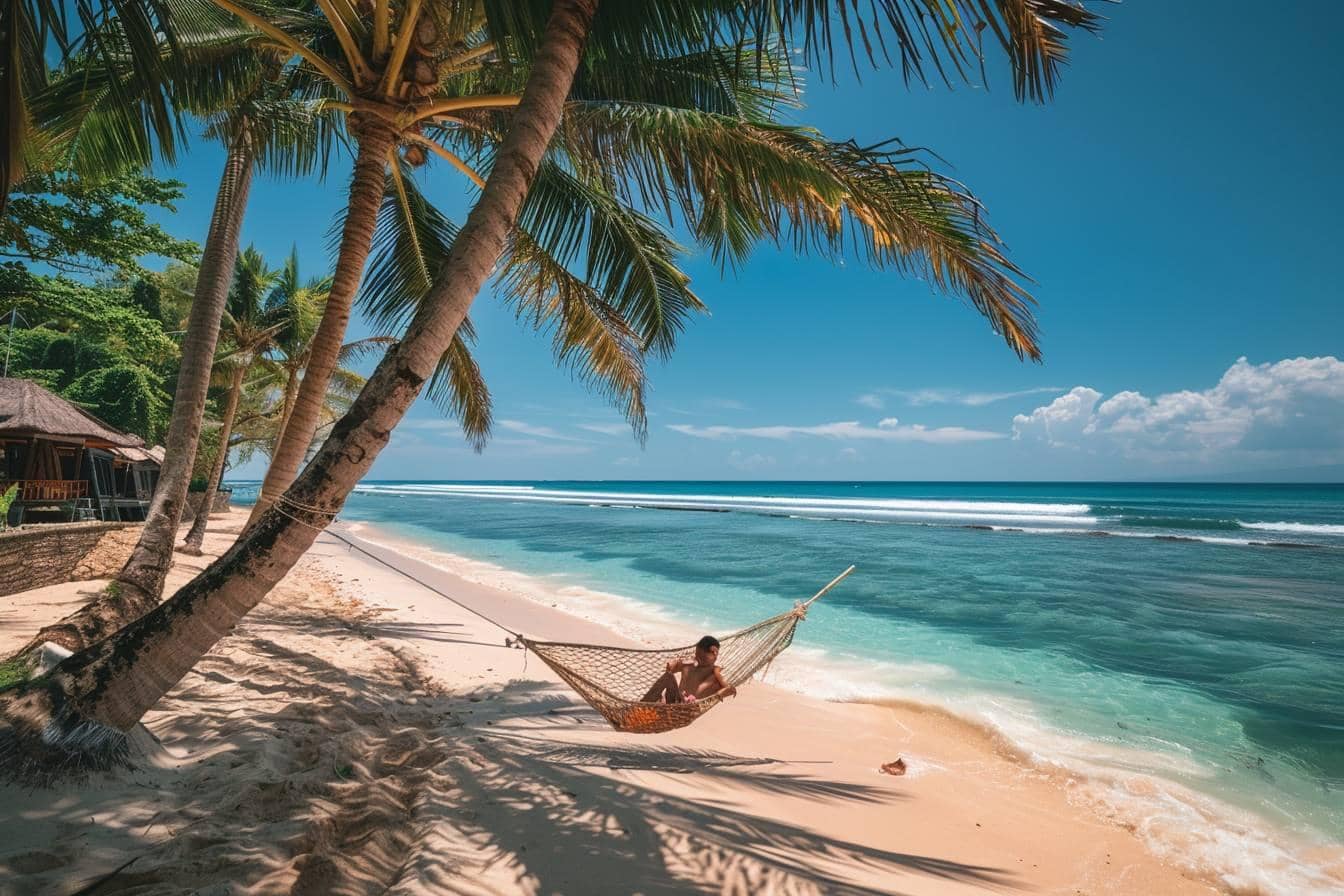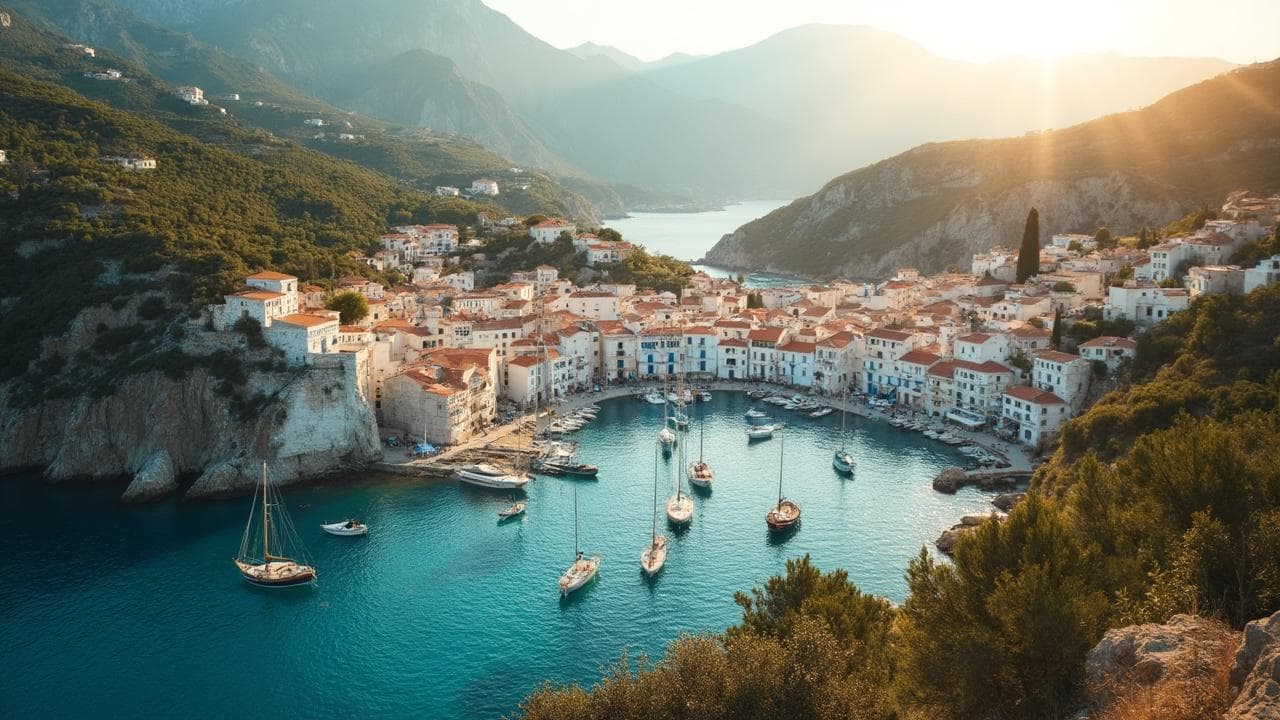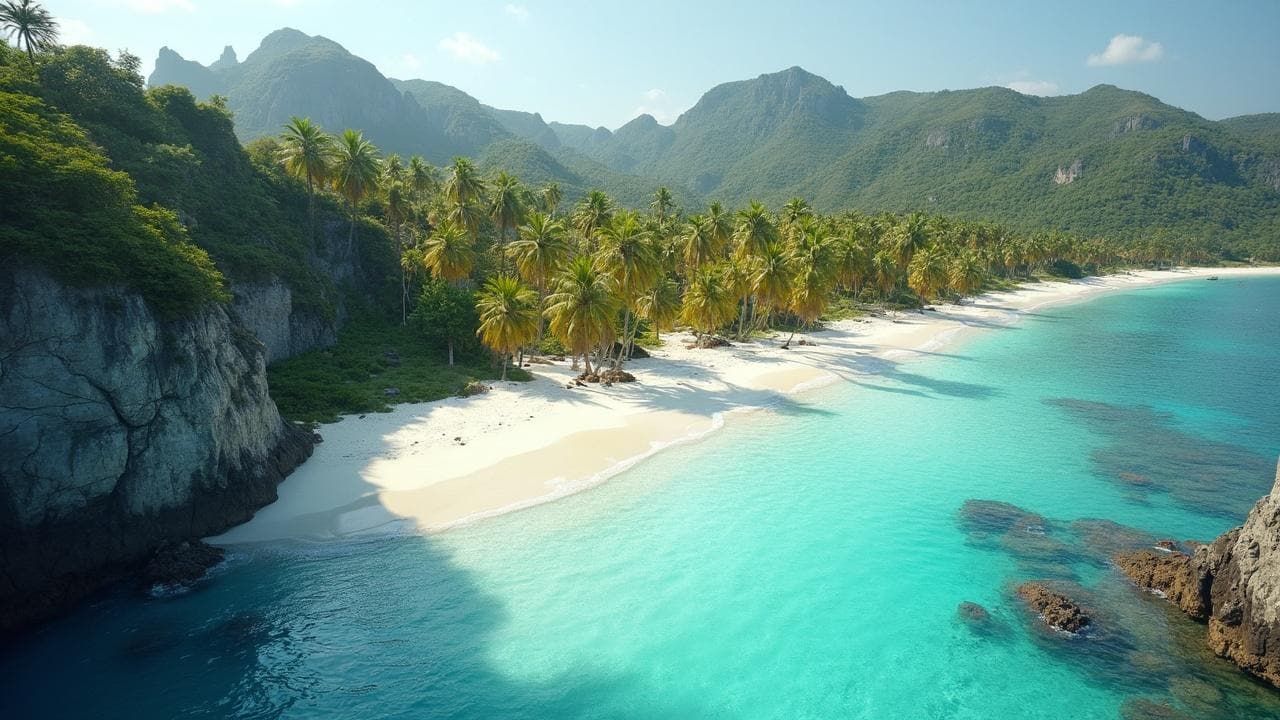As I strolled along Sanur’s soft golden sands, I was immediately struck by the serene beauty of this beach town in Bali.
My journey here marked the beginning of a two-week travel itinerary designed to uncover the hidden gems of this famed island.
Positioned perfectly for those seeking peaceful retreats away from bustling tourist spots like Kuta and Seminyak, Sanur offers a unique blend of culture and leisure that captivates every traveler’s heart.
In this article
- Exploring the iconic beauty of Sanur Beach
- The contrasting realities of Sanur's coastline
- The harsh truth behind the pristine facade
Exploring the iconic beauty of Sanur Beach
Sanur Beach, with its 5km long stretch of soft golden sand, is a haven for relaxation and leisure activities.
On my first day, tired from a long flight, the tranquil allure of the beach offered the perfect respite. The well-paved cycle path backing the beach provided a scenic route for morning jogs or leisurely bike rides, admiring the traditional fishing boats sprinkled along the shore.
These vibrant vessels add a touch of cultural charm and paint a picturesque scene against the sunrise backdrop.
As someone who savors culinary adventures, Sanur did not disappoint. The beachfront is dotted with an array of eateries and boho-styled bars.
Sitting in one of these spots, sipping a cold beverage, and watching the world go by is an experience. Each establishment provides a unique vantage point to absorb the relaxed atmosphere quintessentially Balinese.
The contrasting realities of Sanur’s coastline
While the main beach area near the resorts is meticulously maintained, a walk beyond reveals a different story. Past the luxurious hotels and the neat trails, the beach transitions dramatically.
Here, the sand turns almost grey, rougher underfoot, akin to walking on coarse crystals—a stark contrast from the pampered shores I initially encountered. This part of Sanur portrays the harsh reality of Bali’s environmental issues today.
Litter washed ashore paints a sad picture, disrupting the natural beauty you’d expect. During my stroll, the amount of refuse was unsightly and a poignant reminder of Southeast Asia’s broader plastic pollution issue.
This detracted from the serene experience, underlining the importance of environmental consciousness even while we seek picturesque escapes.

The harsh truth behind the pristine facade
My subsequent research revealed an alarming fact: the pristine conditions near the larger resorts result from imported sand and relentless maintenance by hotel staff.
Aware of the broader implications, I felt underlying guilt enjoying the manicured segment, knowing it was artificially upheld. This revelation isn’t unique to Sanur; many famous beaches across Bali face similar environmental challenges, shielded from tourist eyes.
As the world’s second-largest producer of plastic waste, Indonesia has significant strides to make in tackling this issue. However, recent developments give hope; initiatives to reduce plastic usage and enhance waste management are in place, aiming for substantial change by 2025.
As responsible travelers, it’s pivotal that we support local efforts to tackle these challenges—whether through participating in organized beach clean-ups or supporting sustainable local businesses.
In closing, my visit to Sanur blended visual beauty and environmental concerns, providing much food for thought. This dichotomy emphasized the importance of traveling with awareness and responsibility.
Reflecting on this journey, I remember our crucial role in conserving the destinations we cherish so dearly.




